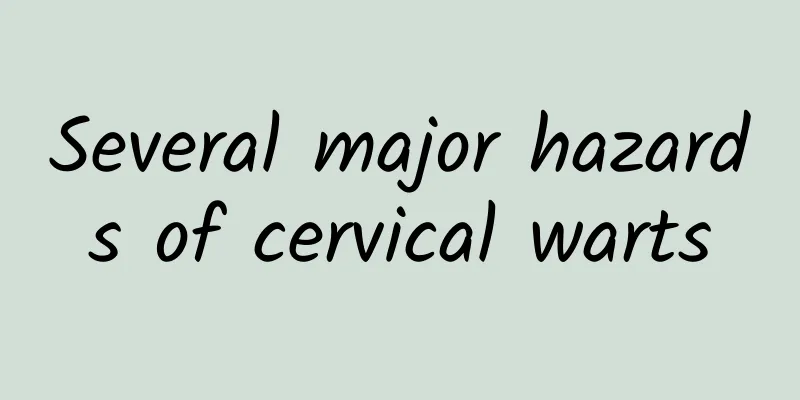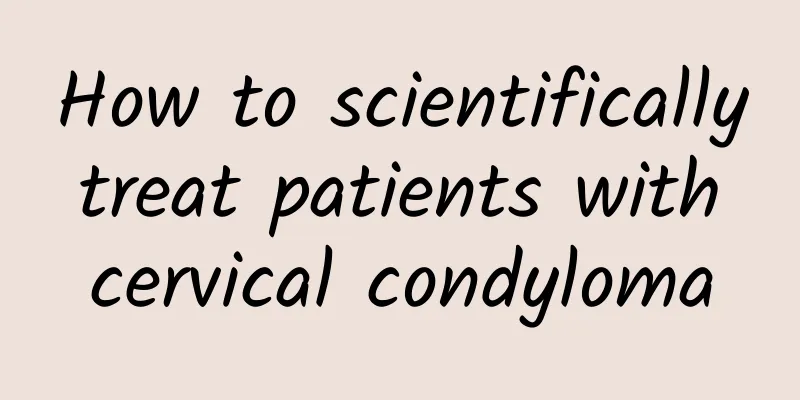Stop smoking! Doctor: Not smoking in youth keeps you healthy

|
"My classmates are all smoking, will they look down on me if I don't?", "It's cool to smoke", "Smoking can help me lose weight and boost my spirits"... The temptation of nicotine often quietly attacks teenagers. Many parents know that they should warn their children not to use drugs, but they ignore the fact that readily available cigarettes are also one of the deadly culprits. Tobacco products are the "gateway drug" for teenagers and are often the first addictive substance used by teenagers. Compared with adults, young people will become addicted after smoking a small amount of tobacco products, and even smoking one or two cigarettes a week may cause addiction symptoms. The developing brain is very sensitive to nicotine, and the ingredients in tobacco will affect learning. The earlier a person starts smoking, the more likely he or she will become a heavy smoker in adulthood. Studies show that teenagers who smoke a pack of cigarettes a day are three times more likely to use alcohol in the future and 10-30 times more likely to use different types of drugs than non-smokers. The WHO (World Health Organization) once proposed that most of the world's smokers started smoking before the age of 18 and gradually became lifelong addicts, and a quarter of them started smoking before the age of 10. Therefore, if we want to truly protect our people from the threat of tobacco harm in the future, we should focus on how to prevent young people from smoking their first cigarette! The dangers of smoking Smoking is the number one killer of Chinese people's health. More than 20,000 people die from smoking every year in Taiwan, which means one person dies from smoking every 25 minutes on average. The effects of smoking on organs throughout the body are described below. 1. Nicotine, tar and carbon monoxide will reduce the oxygen-carrying capacity of the blood, increase respiratory resistance, hinder the development of the respiratory system and reduce physical strength. They will also reduce the growth of lung function and increase the potential risk of developing asthma, chronic respiratory diseases, middle ear diseases, acute respiratory diseases, acute myocardial infarction and other respiratory and cardiovascular diseases in the future. 2. The deposition of tobacco tar causes yellowing of fingers and teeth, and a smell of tobacco all over the mouth. 3. There are more than 7,000 chemical substances in cigarettes, 93 of which are carcinogenic, and 15 of which are listed as "Group 1 carcinogens" by IARC (International Agency for Research on Cancer, an affiliate of the World Health Organization). Smokers have a 4.4 times higher risk of developing oral cancer, a 5.4 times higher risk of developing laryngeal cancer, a 3.4 times higher risk of developing esophageal cancer, an 8-12 times higher risk of developing lung cancer, a 5-6 times higher risk of developing pancreatic cancer, and a 5 times higher risk of developing cervical cancer. 4. Damage the brain, making thinking slow and IQ reduced, affecting academic study and life. 5. Women who smoke increase the chances of spontaneous abortion and ectopic pregnancy. Pregnant women who smoke are at risk of premature birth and low-birth-weight babies. Babies who are exposed to secondhand smoke may also increase the risk of sudden infant death syndrome. 6. In addition to affecting the activity of sperm, smoking in men can also cause sexual dysfunction. Current situation of smoking among youth According to the National Health Administration's 2014 Youth Smoking Behavior Survey, the smoking rate among junior high school students is 5.0%, and the smoking rate among high school students is 11.5%. Further analysis shows that the age at which teenagers first smoke is between 12 and 13 years old, with the highest number of students in fifth and sixth grade in elementary school accounting for 34%. It is worth noting that teenagers are easily influenced by the smoking behavior of their good friends. The smoking rate of teenagers who have friends who smoke is 10 times higher than that of teenagers who do not have smoking friends (12.8 times for junior high school students and 8.1 times for high school students). The smoking rate of teenagers whose parents are smokers is 2.2 times higher than that of teenagers whose parents are non-smokers (2.9 times for junior high school students and 2.0 times for high school students). Overall, smoking among parents and friends is an important factor influencing teenagers’ smoking behavior, as family and friends are an important part of the adolescents’ social ecosystem. Smoking among parents and friends may weaken their view of the health hazards of tobacco products. In terms of secondhand smoke, due to the provisions of the School Health Act and the Tobacco Harm Prevention Act, the rate of exposure to secondhand smoke has been on a downward trend. Among high school students in 2007 and junior high school students in 2008, 35.2% of high school students and 21.0% of junior high school students said that they were exposed to secondhand smoke at school. After the implementation of the new Tobacco Control Act in 2009, the secondhand smoke exposure rate in high school and vocational school campuses has dropped significantly to 26.9%, while the secondhand smoke exposure rate in junior high school campuses has also dropped slightly to 19.7%; in terms of exposure to secondhand smoke at home, the secondhand smoke exposure rate of high school and vocational school students in the family was 41.6% in 2009, which is a considerable improvement compared with 45.3% in 2007; the secondhand smoke exposure rate of junior high school students in the family was 44.2% in 2010, which is a considerable improvement compared with 46.8% in 2008. Youth smoking prevention The traditional way to quit smoking in vocational colleges is to use punishment to achieve the effect of deterrence, but after years of practice, it is found that the effect is actually very limited. At present, many domestic studies have pointed out that in order to help young people get rid of the harm of smoking, they need to understand the following points: 1. Improve awareness of the harms of smoking and clarify values and myths about smoking: The more students know about the harms of smoking, the more positive their attitude towards refusing or quitting smoking will be. If we can use group discussions to encourage students to think about their need for smoking and the motivations behind it, it will be more likely to inspire independent thinking and a stronger motivation to quit smoking. 2. The establishment and promotion of a smoking cessation environment should start as early as possible: It is best to widely promote tobacco prevention and education before teenagers touch their first cigarette (fifth or sixth grade of elementary school), and teach them attitudes and skills to refuse smoking to prevent it. 3. Control of pocket money: If parents can effectively control pocket money, it can reduce the amount of cigarettes used by their children. 4. Improve self-efficacy and sense of accomplishment: If you can give positive affirmation and support when the motivation to quit smoking arises, you will build up the confidence that "I can do it." When faced with temptation from peers, they are more able to refuse with a firm attitude and successfully resist temptation. 5. Avoid lecturing teenagers: This will make teenagers feel forced and create a dilemma: "I want him to go east, but he goes west." It is usually more effective to choose counselors who are not direct blood relatives, for example: agreements between important others such as cousins, classmates, boyfriends and girlfriends are more effective in regulating behavior. Resources and channels for youth to quit smoking The smoking cessation service provided by the Department of Family Medicine of Far Eastern Hospital covers a wide range of areas, including outpatient and inpatient services, schools and community services. With the cooperation of the team, the service has achieved remarkable results. In addition, our Family Medicine Department provides free smoking cessation education consultation for all ages on weekdays, and also has a youth health consultation clinic with adolescent specialists, friendly smoking cessation teachers and professional psychological counselors to serve teenagers and their parents. The clinic services include:
The public is welcome to make use of the above-mentioned "free smoking cessation health education consultation" and "youth health consultation clinic"! Conclusion In order to give children a good start in health, parents should pay more attention to their children’s living conditions and friendships. In addition to setting an example by not smoking, they should also accompany their children to participate in outdoor healthy leisure activities or cultivate their interests. Only when family members quit smoking can teenagers be protected from the harm of secondhand smoke. Young people should also be brave enough to refuse smoking and say no to cigarettes, so that their youth will not be lost to cigarettes! |
Recommend
Will drinking alcohol before high-intensity exercise affect physical strength and muscle power? Rehabilitation doctor: Don’t forget to supplement two nutrients to buffer alcohol absorption
There are many social events before the Spring Fe...
Is premature ovarian failure hereditary?
Is premature ovarian failure hereditary? This is ...
Is the Ketogenic Diet Really Effective for Weight Loss? The benefits are beyond your imagination
Why is the ketogenic diet so popular? Is it reall...
What causes biochemical abortion? There are these reasons
Biochemical abortion may be caused by abnormal fa...
Can endometritis cause menstrual irregularities?
Endometritis may cause menstrual irregularities, ...
Common sense of self-care for congenital absence of vagina
In life, people should pay attention to the impac...
Symptoms of adenomyosis
Adenomyosis is a common gynecological disease in ...
What fruits are suitable for uterine fibroids? The number one fruit for fighting uterine fibroids
What fruits are suitable for uterine fibroids? Ut...
Which hospital is best for treating threatened abortion?
Untimely treatment of threatened abortion can lea...
Is red light therapy good for chronic cervicitis? Here are some effective methods to treat chronic cervicitis
Chronic cervicitis can cause great harm to women....
What is the most appropriate time to have an abortion during pregnancy? What should you pay attention to after an abortion?
Some women need to give up the fetus after an une...
What should I pay attention to after hysteroscopic treatment of uterine fibroids?
Uterine fibroids are a common disease, and patien...
What are the hazards caused by ectopic pregnancy?
Patients with ectopic pregnancy should pay attent...
Patients with vulvar leukoplakia should pay attention to early signs
Nowadays, many men may suffer from vulvar leukopl...
What a good brush! Dry skin brushing helps detoxify the body
Do you know how much toxic substances you consume...









